Mako Shark
Speed, size, and hunting prowess make the mako shark one of the ocean’s most formidable predators and a highly sought-after target for sport fishing.
View 26 listings
26
listings
–
price starting from
7
countries
–
to the nearest trip
Where and When?
Mako sharks are widely distributed across the world’s temperate and tropical oceans. They can be found in the Atlantic, Pacific, and Indian Oceans, as well as the Mediterranean Sea. Mako sharks are pelagic, meaning they inhabit open ocean waters, typically far from land. They are found in both temperate and tropical oceans worldwide, with a preference for water temperatures between 16°C and 22°C (61°F to 72°F). They are highly migratory, traveling great distances across oceans in search of food and favorable breeding grounds. While they prefer deeper waters, makos can be found at depths ranging from the surface down to around 500 meters (1,640 feet).
Some of the best places to fish for the mako shark include the Northeast United States off the coast of New Jersey, New York, and Massachusetts, and everywhere else along the Gulf Stream. On the Pacific Coast, good mako shark fishing is found off San Diego, Catalina Island, and the Channel Islands in California. Other great locations include New Zealand, waters off the coast of Durban and Cape Town in South Africa, and offshore waters surrounding the Azores archipelago. The best time to catch mako sharks generally corresponds with warmer months: May to October in the Northern Hemisphere, and November to April in the Southern.
About Mako Shark
The shortfin mako shark, the fastest shark species, can reach lengths of up to 4 meters (13 feet) and weigh between 600 to 1,000 pounds, with some individuals exceeding these sizes. They have a streamlined, torpedo-shaped body designed for speed, with a distinctly pointed snout and large, sharp teeth that are visible even when the mouth is closed. Their color is metallic blue on the back and sides, with a white belly. This coloration helps them blend into their open ocean environment, making them effective ambush predators.
Mako sharks are apex predators and are known for their aggressive hunting techniques. They primarily feed on fast-moving fish such as mackerel, tuna, and swordfish. They are also known to prey on squid and occasionally marine mammals like dolphins. Makos have been observed leaping out of the water while hunting, showcasing their incredible speed and power. Their diet is suited to their high-energy demands, and they use their speed to chase down and ambush prey.
Mako sharks are ovoviviparous, meaning that the embryos develop inside eggs within the female’s body and hatch internally before birth. The gestation period is thought to last between 15 to 18 months, after which the female gives birth to a small number of live pups, typically between 4 to 25. Mako shark pups are relatively large at birth, measuring around 70 cm (2.3 feet) in length, and are immediately independent. Females reach sexual maturity at around 18 years of age, while males mature earlier, around 8 years. Due to their slow growth and late maturity, mako sharks are vulnerable to overfishing and habitat loss.
How to Catch?
Catching a mako shark as a recreational angler is an exhilarating challenge due to their incredible speed, power, and acrobatic displays. The best way to target mako sharks is trolling offshore, often in deep waters where they hunt. Anglers typically use either live or dead bait like mackerel, bonito, or squid. Makos are known for making fast, aggressive strikes, and their powerful runs often result in long battles. Heavy tackle is essential, and so are wire leaders, as mako sharks have sharp teeth that can easily cut through regular fishing lines.
When they strike, it's important to allow the shark to take the bait before setting the hook firmly. During the fight, mako sharks are known for their leaps and high-speed runs, sometimes breaking the water in spectacular jumps. Keeping the line taut while allowing the shark to tire itself out is crucial, as well as proper drag settings are vital to avoid breaking the line while the shark makes its powerful runs. Landing a mako shark requires skill; safety is paramount, when the fish is in the boat. After the catch, many recreational anglers choose to release the shark back into the water, contributing to the conservation of this species.
Listing Types
Similar Species
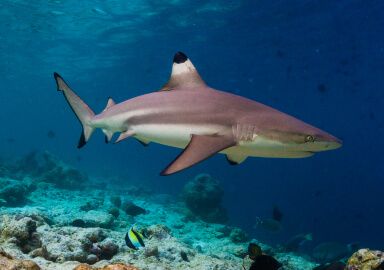 Blacktip Shark
19 offers
Blacktip Shark
19 offers
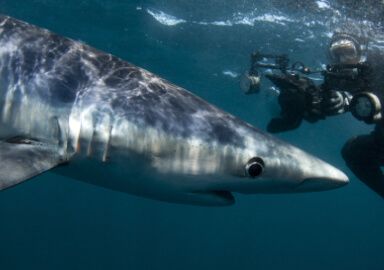 Blue Shark
8 offers
Blue Shark
8 offers
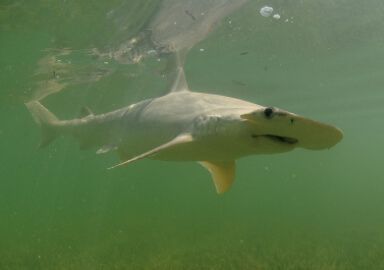 Bonnethead Shark
6 offers
Bonnethead Shark
6 offers
 Bull Shark
12 offers
Bull Shark
12 offers
 Great White Shark
1 offer
Great White Shark
1 offer
 Greenland Shark
1 offer
Greenland Shark
1 offer
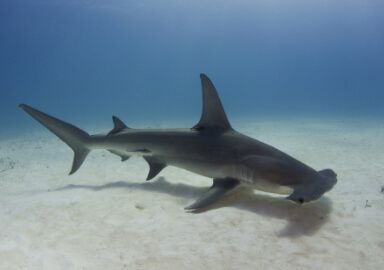 Hammerhead Shark
8 offers
Hammerhead Shark
8 offers
 Lemon Shark
3 offers
Lemon Shark
3 offers
 Leopard Shark
1 offer
Leopard Shark
1 offer
 Porbeagle Shark
2 offers
Porbeagle Shark
2 offers
 Shark
128 offers
Shark
128 offers
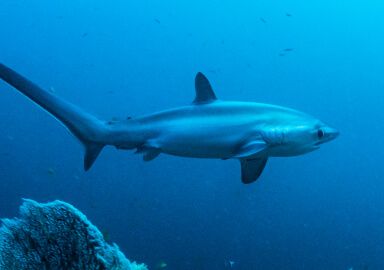 Thresher Shark
4 offers
Thresher Shark
4 offers
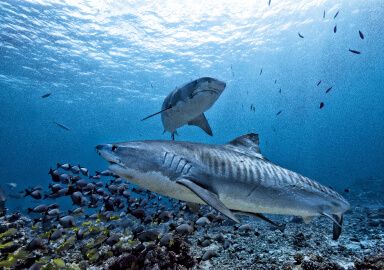 Tiger Shark
10 offers
Tiger Shark
10 offers
 Tope Shark
2 offers
Tope Shark
2 offers







